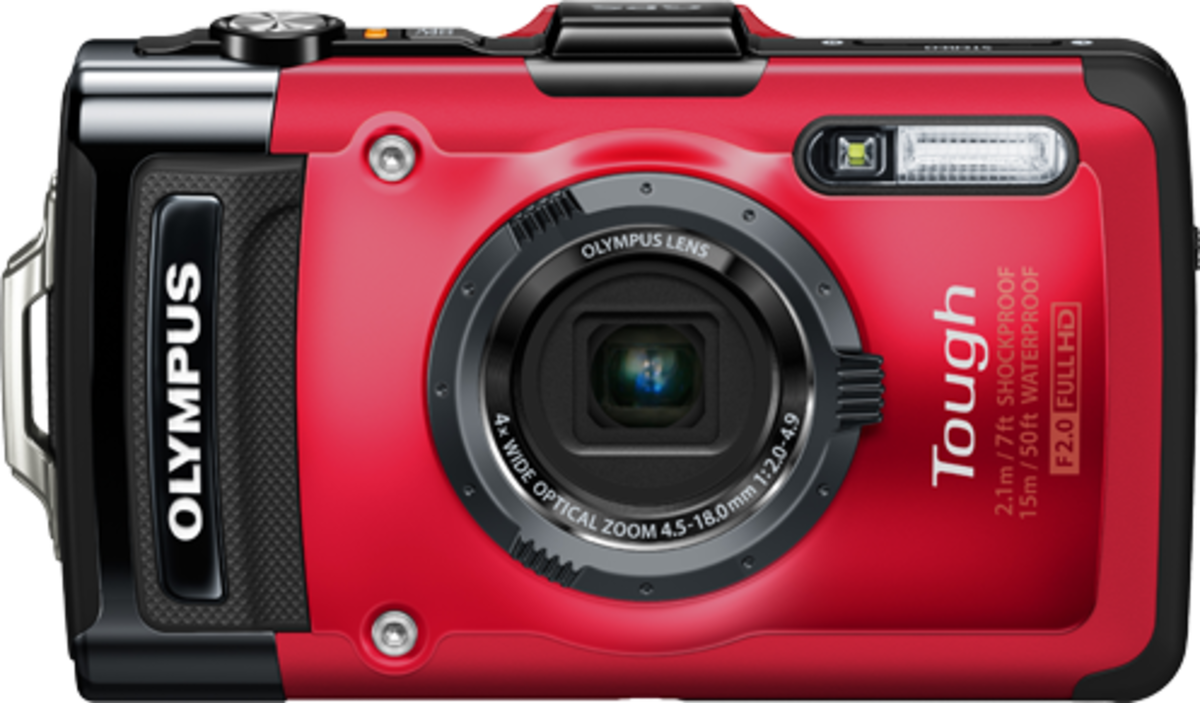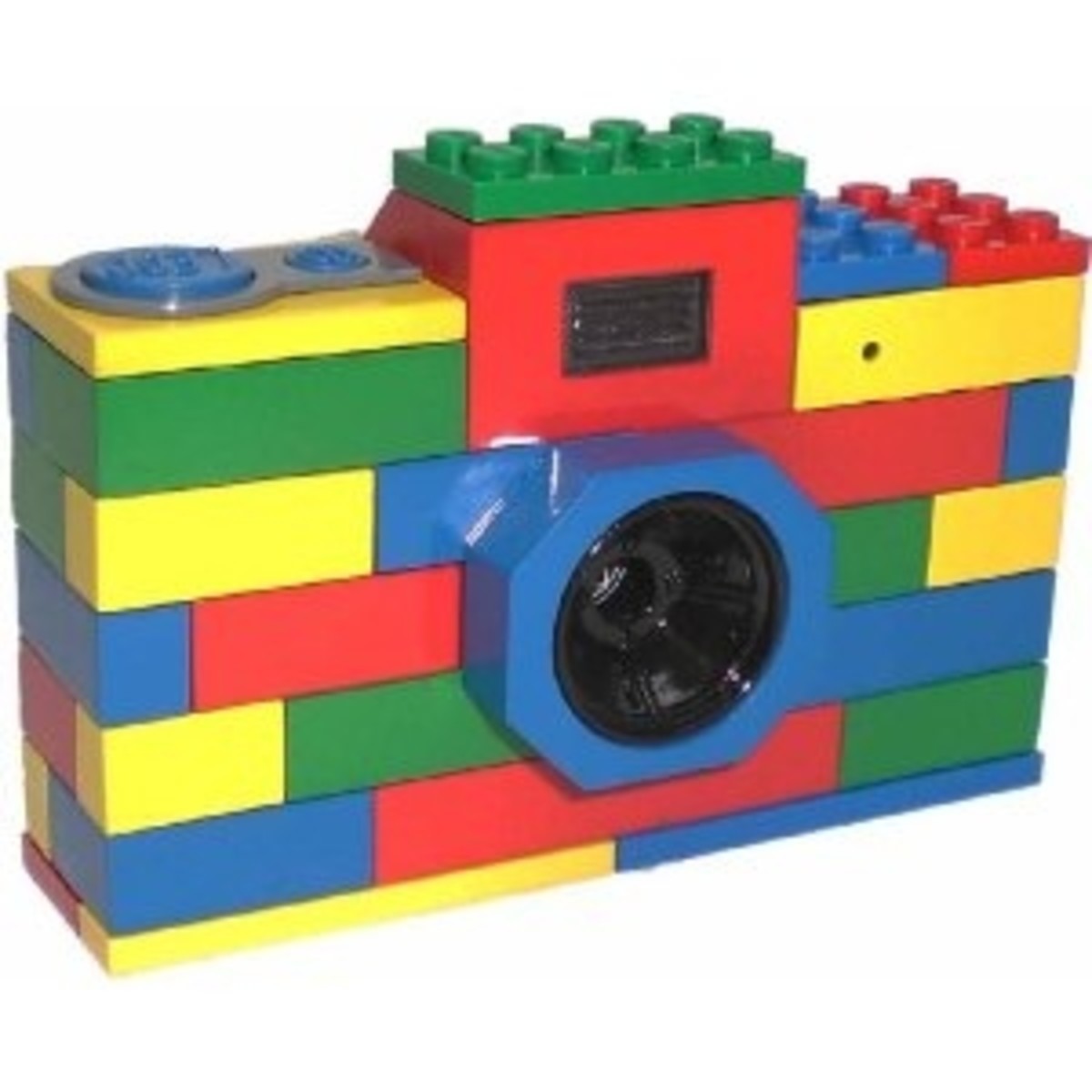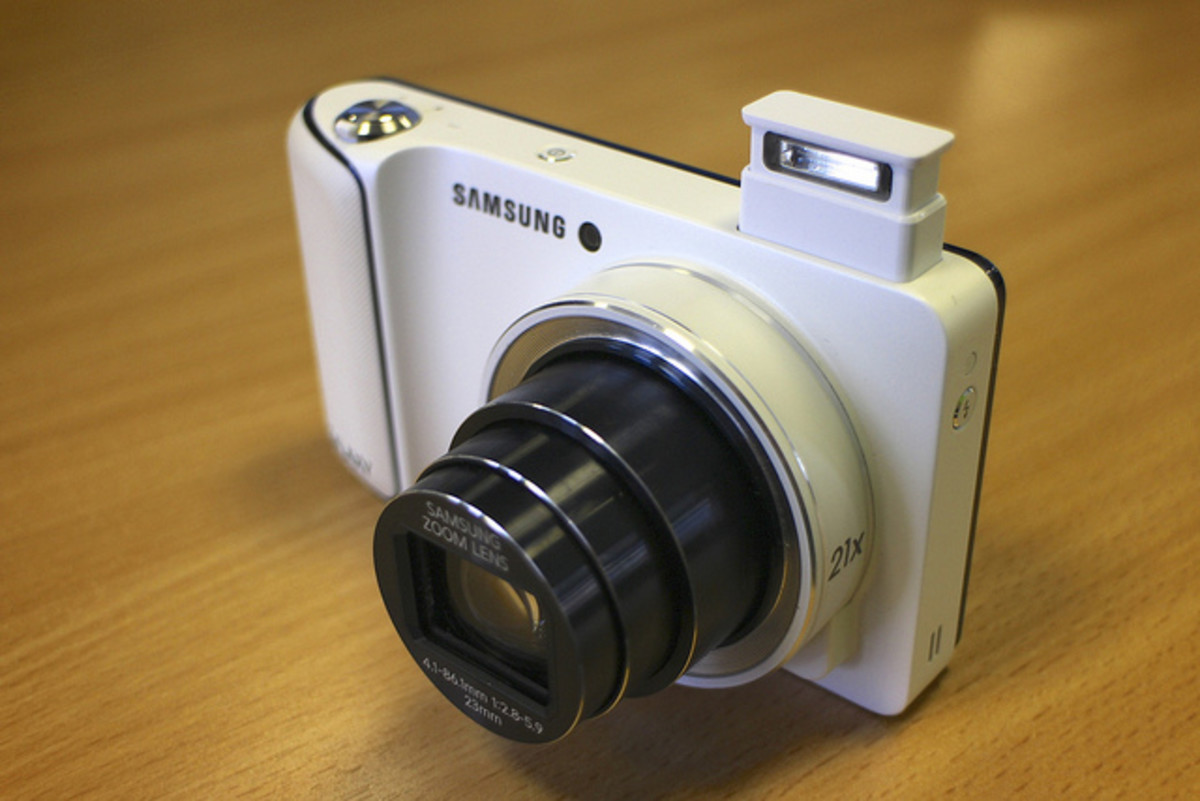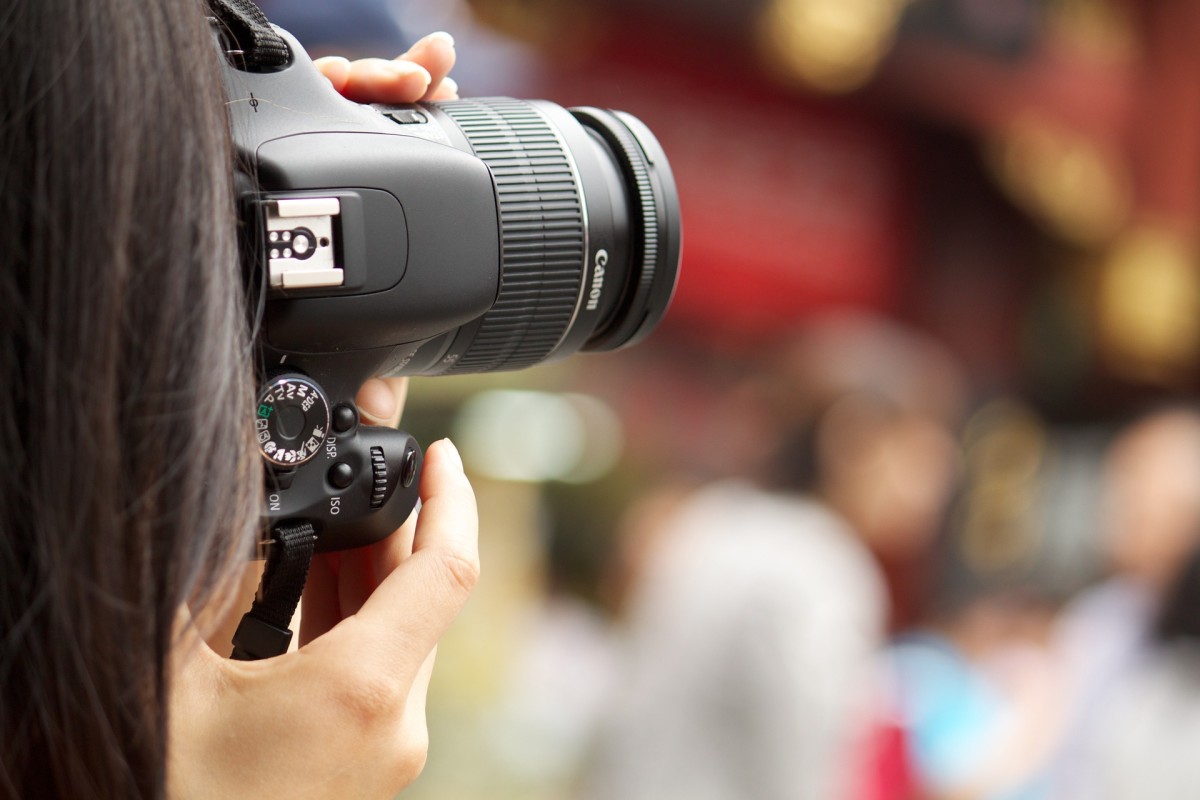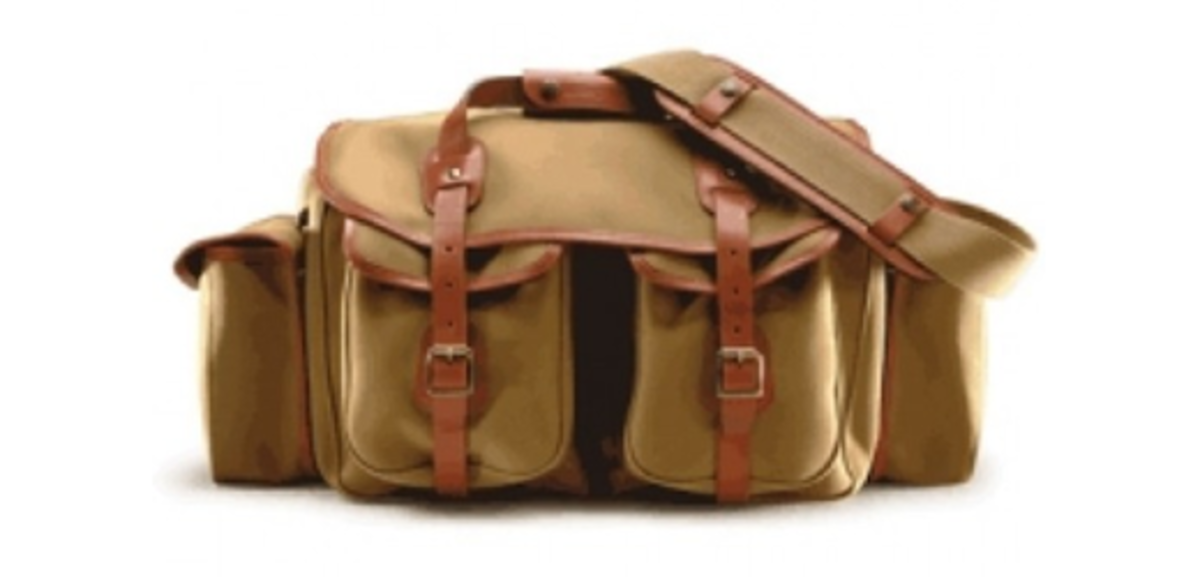- HubPages»
- Technology»
- Consumer Electronics & Personal Gadgets»
- Portable Electronics
A Rugged Digital Camera
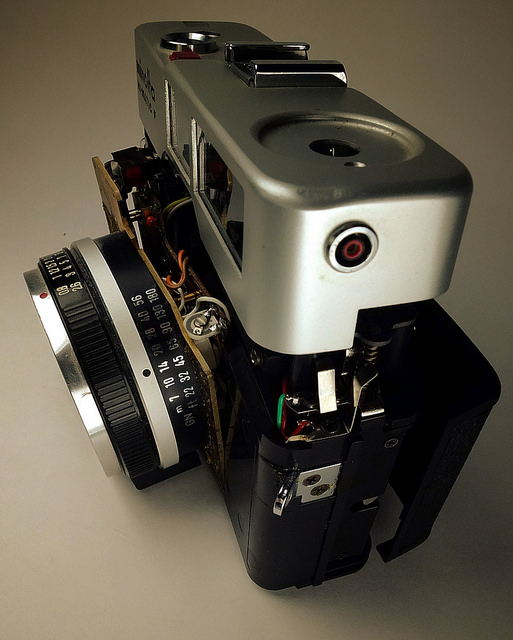
Looking for a Digital Camera That's Nearly Unbreakable?
There are a lot of features to consider when purchasing a digital camera. For many, however, durability is a critical aspect of any portable electronic device. When you consider the expense of these items, it's no wonder that their longevity and ability to withstand the types of circumstances they are sure to encounter become pivotal characteristics which guide our buying decisions.
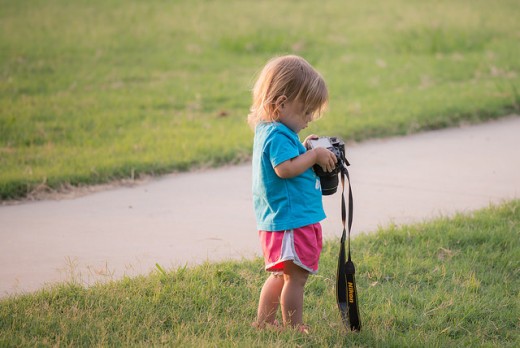
What Does a Rugged Digital Camera Offer?
There are a number of common ways a digital camera can be damaged but for a rugged camera with special design features, these risks can be minimized. Here are some of the common risks for cameras:
- Damage to the lens. The lens is one of the most critical and costly parts of a digital camera. Damage to the lens can spell the end of the camera due to the cost of replacing it. Much of the damage to the lens of a compact digital camera occurs when the camera isn't in use; when it's tossed into a pocket, a purse, or some other compartment without protection. Automatic lens covers are the first line of defense to thwart the objects and contaminants in the air that threaten a camera lens.
- Falls. The internal circuitry, sensors, and other parts are vulnerable to shock when dropped on a hard surface. Some cameras are designed to absorb or counteract such impact to greatly reduce such risks.
- Moisture. Moisture can be deadly for the lens as well as the circuitry of a digital camera just as it is for nearly any electronic device. A rugged digital camera, however, is designed with rubber gaskets, O-rings, and special lens coatings to reduce the chance of water penetrating it and doing its nasty work. In fact, some cameras do this so effectively, they can be used for underwater shooting.
- Temperature Extremes. Excessive heat and cold can damage a camera. In addition, shifting from one extreme to the other can create condensation on the lens. A rugged camera, however, is built to tolerate extreme cold without difficulty, allowing it to be used in more extreme outdoor climates.
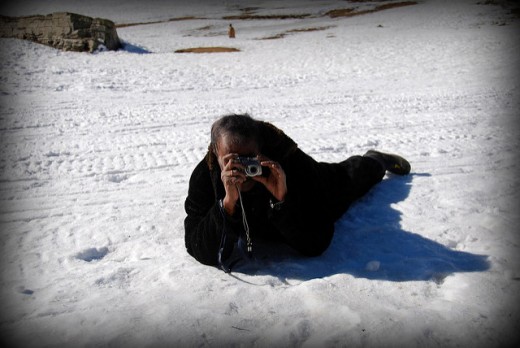
Who Needs a Rugged Digital Camera?
Making the change to a more durable camera can have advantages for many people.
- People with curious, small children. Young children love to explore, pushing buttons, and picking up equipment that their parents have lying around. From there, nearly anything can happen and without a rugged digital camera, breakage is a common occurrence.
- People who want to shoot pictures outside in a variety of weather conditions. When you're outside taking pictures you may not want to be limited by a light, intermittent rain, a cold, but beautiful snowy day, or a heavy fog. A waterproof, freezeproof camera can make that possible.
- People who snorkel or love extreme sports. Whether you want to shoot images of the life surrounding a coral reef or the kids playing in the pool, a waterproof camera can capture some great shots beneath the surface.
- People who sometimes have accidents.
- People who forget to put the cap on to protect their camera lens, people who forget to zip up the pouch they carry their camera in or people who tend to leave their equipment sitting just anywhere convenient, even if it's right on the edge of the counter in a high traffic spot in the house. Accidents can and do happen.
A rugged camera can be the difference between an "oops" and a disaster.
Buying Tips
Choosing a rugged digital camera requires you to first consider the photographic abilities of the device.
- Having a good lens and an adequate sensor is of critical importance on any of these devices. Certainly, a wide angle lens will allow you to get more into a shot. So for instance, if you'll be using your camera to get shots of a group of family at a reunion or a grand vista from a mountaintop, the wide angle lens is the better choice in general.
- Having a good zoom function is critical if you'll be wanting to photograph things you can't just step right up to at any given time. For instance, if you are photographing deer and don't want to spook them, having 4x or greater zoom can help.
- Having a good sensor. While a 20-megapixel sensor may offer more detail than say a 16-megapixel sensor, more isn't always better. If the actual size of the sensor isn't larger, then those few extra megapixels won't improve the quality of your photos. If you plan on taking shots at twilight or indoors where lighting is more limited, a backlit sensor can offer advantages. They are more light sensitive and can help reduce the graininess in your low light shots.
- Manual settings that you may want. Some people never use them and don't want them. But if you want more control, you'll want to be able to adjust the shutter speed, aperture, the ISO settings, and so forth.
- Having plenty of shooting modes that match up with the type of shots you will be taking is also important if you want simplicity. For instance, if you like the ultra close up shots of small insects, flowers, and so forth, having a good macro mode that allows you to focus within an inch of the lens is certainly important. Night mode is another popular option among many.
- Optical image stabilization is also critical. This helps to reduce blurring caused by small hand movements while holding the camera. Technologies like motion detection and autofocus tracking can also help maintain focus.
- Most compact digital cameras also provide basic video recording capabilities. You can compare resolution ( 720p or 1080p) and frame rate (20fps, 30fps, and so forth). The higher the frame rate the smoother the video will look.
- If you are an outdoor enthusiast you may well be wanting to capture a lot of fast action. Having an action or sports mode is important but so too is a good burst mode that allows you to capture 6, 8 10 or more frames per second.
- For cameras used outdoors a great deal, having a good LCD screen is important, one that can be viewed easily in bright daylight can be hard to find. Adjustable brightness is one feature that can help. In addition, a screen that tilts or swivels allows you to find a position with less glare.
- Some people really want an optical viewfinder. These are especially handy when you can view the image on the LCD screen due to bright sunlight.
- Of course, if your goal is to have a rugged digital camera that will stand up to a lot of wear and tear then you should also compare other features. Some of these devices are water resistant and can withstand a bit of rain and splashing. Others are waterproof and can stand up to being dunked in a lake. Some are designed for underwater use and can be used at depths of 10 feet and others more. Of course, if you'll be shooting underwater other features are important. A light and simple controls are a good start.
Can't Afford a New Rugged Digital Camera?
If one of these tough cameras or any new camera isn't really in your budget right now, then you may need to take steps to protect the camera you now have.
- Camera bags can provide a lot of protection. They cushion a fall, help prevent scratches, provide some warmth, and protect it from dirt, dust, and sand. Bags can be a very good investment.
- To protect your camera from temperature extremes you should never leave it in your car or laying in the sun. If you'll be venturing out on a cold day, it is best to keep it close to your body, under your coat to keep it warm. You can remove it to take a shot, but then it should be returned to this warm environment. The last thing you want is for condensation to form.
- In case of rain, a waterproof camera bag is a good choice. If this isn't readily available placing it under the cover of your clothing can help. There are housings and bags available for those who want to shoot underwater, but most of the housings are designed for specific models and tend to be expensive. The bags are more universal but can make operating controls more difficult. If you'll be out hiking or something similar and don't have a waterproof bag, a good plastic bag with a secure seal can protect against a drop in the water.
A Few to Consider
There are a number of digital cameras which can stand up to a fall, the elements, and water as well. Some of the current options include the Olympus Tough TG5, Panasonic Lumix FT5, and Nikon Coolpix W300.
© 2008 Ruth Coffee

